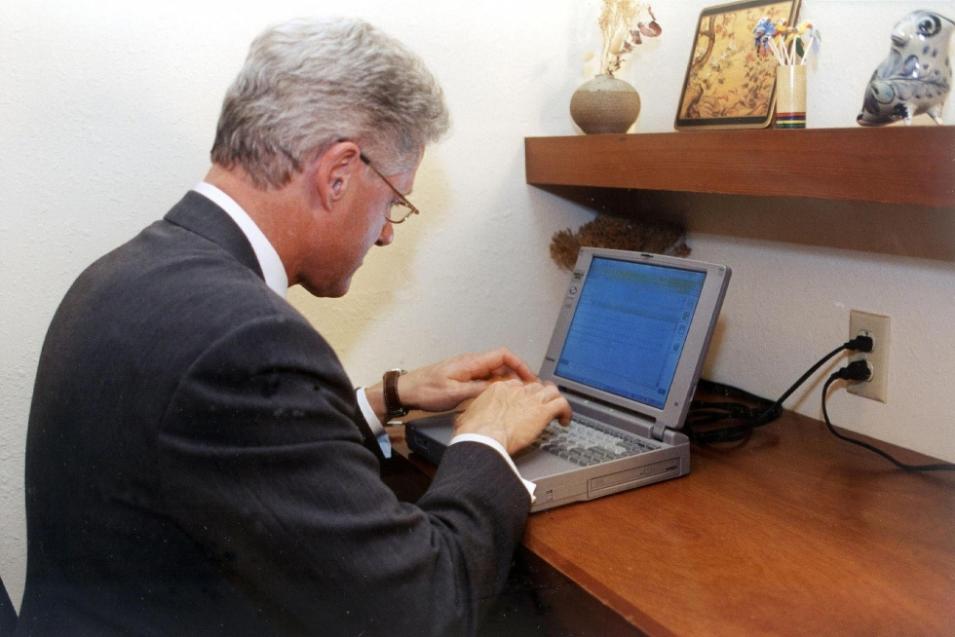Monthly Archives: February 2015
5 predictions for technology in 2020
Posted by Susan Galer in SAP Business Trends on Feb 10, 2015 5:27:57 PM
According to research firm IDC, the world is fast approaching the next wave of digital innovation. Much sooner than you may think, passwords will become a relic of our insecure past and bespoke products will be within the reach of anyone regardless of their tax bracket. In this video, Crawford del Prete, Executive Vice President Worldwide Research Products and Chief Research Officer at IDC, shares predictions that portend radical changes in how business operates and people live every day.
- Hyper-effective Security: By 2020, 70 percent of mobile consumers will access their devices biometrically. IDC said this will reduce password memorization by 50 percent. Consider how much time this will free up for activities infinitely more valuable than changing and remembering passwords and worrying about data breaches.
- 3-D Printing: By 2020, additive manufacturing technologies will enable produce-on-demand scenarios for more than ten percent of all consumer product purchases. And, over one-third of these products will be completely customized to match the buyer’s needs and price sensitivity. Move over Savile Row, there’s a new consumer in charge.
- Self-driving Cars: By 2020, 30 percent of new cars will have a self-driving mode. Pioneered by Google, self-driving cars are showing up on everyone’s wish list including former partner Uber which just announced a new strategic partnership with Carnegie Mellon University.
- Internet of Things: By 2020 consumers will interact with over 150 sensor-enabled devices every day (think: connected cars, building, homes and wearables), and 25 percent will be disposable. Here is my take on wearables summarizing perspectives from experts on a recent SAP’s Coffee Break with Game-Changers radio broadcast.
- Cognitive systems (smart machines) that observe, learn and offer suggestions to people: By 2020, 60 percent of device interactions will be passive, allowing people to use information from intelligent systems and machine learning.
Of course when it comes to technology innovations it’s impossible to gauge the accuracy of any predictions and the impact on consumers. The way I see it, I have five years to plan how I’ll use all the time I’ll gain once I no longer have to worry about changing passwords, paying attention to the road when I’m driving, or wasting hours trolling the virtual or physical worlds to find the exact product I want. The real beauty of technology innovations like cloud, big data, analytics, and social is in how they change lives in expected and surprising ways.
This article is published in collaboration with the SAP Community Network.
14 Presidential Firsts in Tech

In 1998, Bill Clinton typed up and sent out the first e-mail by a United States president in office.
The recipient: 77-year-old astronaut-senator John Glenn, who was in space at the time.
FAA proposes opening skies to commercial drones
The Federal Aviation Administration and Department of Transportation proposed Sunday new regulations that remove many of the barriers to commercial use of drones for applications like photography and surveying, but they don’t permit the kind of automated drone use that companies like Amazon.com are eyeing for package delivery.The proposed regulations would allow companies to fly drones up to 500 feet at speeds of up to 100 miles per hour during daylight hours. The drone must be flown by a licensed drone operator—a newly created certification—and kept within visual line-of-sight at all times. Drones would always have to give way to other air traffic and could not fly over people except those involved in its flight.
“It’s an exciting day for aviation and the future of unmanned aircraft in the U.S.,” said Transportation Secretary Anthony Foxx in a conference call with reporters.
The requirements are substantially lighter than current regulations, which require companies to apply to the FAA for permission to fly drones and that the drone operator hold a private pilot’s license. In contrast, hobbyist use of drones has been permitted for sometime under the same conditions as those for model aircraft.
The FAA and Department of Transportation came up with the proposed rules and see significant economic benefit in allowing drone flight. Drones are seen as useful in areas such as aerial photography, surveying of antennas and cellphone towers, monitoring of remote wildlife and public safety uses.
“We’re doing everything that we can to safely integrate these aircraft while ensuring America remains leading in aviation safety and technology,” said FAA Administrator Michael Huerta.
With regard to automated drones, such as those proposed by Amazon, Huerta said that the rules are just the first step in a process that is expected to continue. And he said that companies like Amazon are still able to apply to the FAA for an exemption for fly drones for a particular use case not covered by the regulations.
With Sunday’s announcement, the FAA is opening a 2-month public comment period during which it is seeking opinions on the proposed rules.
It’s likely to draw significant attention. The Sunday morning conference call for reporters drew hundreds of people after the call-in number was publicized on Twitter.
Foxx deferred when asked how long he thought it would take for the proposal to become law, saying “We want to hear from as many people as possible.”

